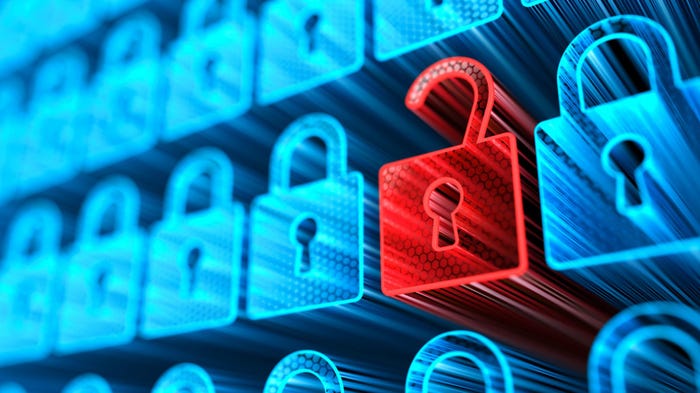More MSP 501ers Share Insights on Kaseya Attack as Company Works to Patch Things Up
As Kaseya works to get the issue fixed and its customers patched, our #MSP501ers continue to share their thoughts.
July 12, 2021

We asked our 2021 MSP 501ers to weigh in on the Kaseya VSA supply chain ransomware attack last week. And boy, did they ever. With more timely responses and sage advice pouring in over the weekend, we decided to share more of their thoughts.
Meantime, Kaseya has been doing some serious damage control.
On Sunday, Kaseya released its patch to VSA on-premises customers and completed restoration of services. All of its SaaS customers are now live. In addition, support teams are continuing to work with VSA on-premises customers who have asked for help with the patch (VSA is Kaseya’s remote monitoring and management (RMM) service). All of the attacked MSPs were using the VSA on-premises product.
Our 2021 501ers had quite a bit to say on this issue in terms of the impact the Kaseya and other breaches have had on MSP businesses. We’ve included more of their responses in the slideshow above.
About the Author(s)
You May Also Like


